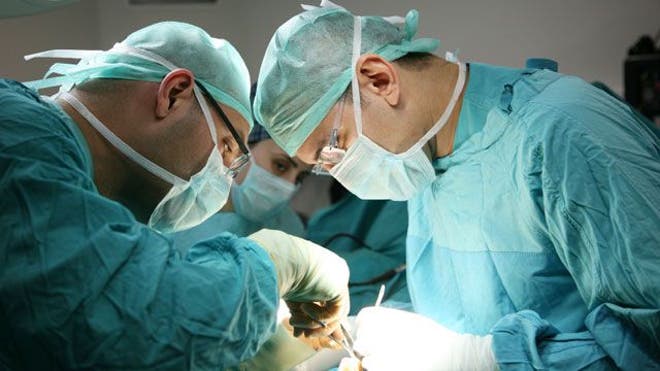How Biofeedback Train Your Brain to Think Smarter
 You exercise your body in the pursuit of optimal function, but what about your brain? Those looking to get an edge in—and out—of the gym are flexing their minds with neuro feedback. We’re not talking Sudoku puzzles here (though they have their benefits), but neuro feedback—the process of hooking up to an electroencephalogram (EEG) in order to “train” your brain
You exercise your body in the pursuit of optimal function, but what about your brain? Those looking to get an edge in—and out—of the gym are flexing their minds with neuro feedback. We’re not talking Sudoku puzzles here (though they have their benefits), but neuro feedback—the process of hooking up to an electroencephalogram (EEG) in order to “train” your brain
it sounds a bit sci-fi, but it may dial down your stress level and help you tap into your potential. “Neuro feedback [also commonly called biofeedback] is somewhat like putting the brain on an elliptical machine or a stair stepper in order to exercise certain regulatory functions. For example, the brain can get stuck in an anxious state and neuro feedback training enables it to shift into a calmer state for optimal function. Essentially, you’re aiding the brain’s ability to self-regulate,” says neuro feedback specialist Evelyn Shapero of the Brain fitness Centre in Los Angeles.
The practice has been proven effective for treating serious conditions including depression, PTSD, and ADHD, but in today’s tech-driven world many are now seeking it out to alleviate stress. “If a patient has unreasonable fatigue and insomnia, or unexplained weight gain, I test the adrenals to see if there’s a disharmonic pattern to their cortisol production,” says Eva Cwynar, MD, a Beverly Hills endocrinologist, assistant professor of clinical medicine at UCLA, and author of The Fatigue Solution. “If stress hormones like cortisol are too high or low at the wrong times of the day, or too high throughout the day, it can eventually cause the adrenals to say, ‘I quit.’ Once that happens, the only thing I’ve found to help get the body back in balance is neuro feedback.”
How It Works Even though that balance is achieved gradually, rather than as a quick fix, most people note feeling a difference after their first session. The process, while complex and highly individualized, basically works like this: Non-invasive electrodes are attached to the surface of the scalp to measure brain waves and provide feedback as a specialized software program (often a video game) helps guide the brain into a more desired state through subtle and unconscious corrections until the brain ultimately learns to perform at its best—naturally. Think of it like a high-tech fitness coach, guiding you through exercises and correcting your form until, eventually, you no longer need any assistance.
Try it, however, and you may find it hard to give up. Because neurofeedback enhances the function of both the brain and the central nervous system, it can help you tap into that elusive state of flow, one in which mind and body are seamlessly in sync (without any conscious effort), making it a natural for the sports arena where athletes must perform like finely-tuned machines. Olympic athletes have used it as a training tool and tennis great Novak Djokovic, known for his open-minded approach to diet, health, and training, utilizes it to monitor his stress levels. “If the adrenals aren’t functioning well, your neurotransmitters can be affected and the imbalance can extrapolate to every other hormone in the body, influencing testosterone, thyroid, insulin levels, and more,” says Cwynar. “By recreating balance in the body, neuro feedback helps everything run more smoothly, that is why it helps athletes, too. Your metabolism, your ATP, your mitochondria, everything just functions better.”
Source: freenewspos
















